
This comprehensive guide delves into the diverse world of shims, exploring the different materials used, the available types, and their specific applications in various sectors. By understanding the advantages and disadvantages of each material and type, you can make informed decisions when selecting the perfect shim for your needs.
The material of a shim has a significant impact on its functionality and suitability for specific applications. Here's a breakdown of the most commonly used shim materials:
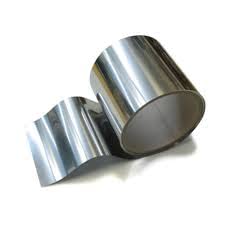
Shims come in various shapes and configurations, each designed for specific applications. Here's a look at some of the most common types:
These are the workhorses of the shim world, offering a simple and effective solution for basic spacing adjustments. They are typically flat washers made from a single material.
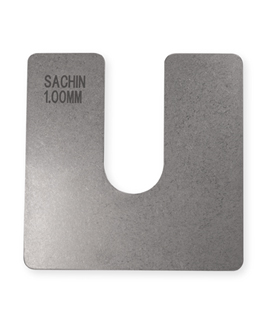
Similar to solid shims, these options come with convenient little tabs that facilitate easier installation and manipulation. The tabs allow for precise adjustments without the need for disassembly of surrounding components.
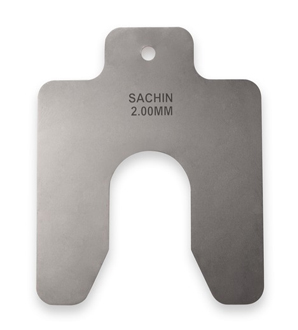
These U-shaped shims offer flexibility in terms of size adjustment. By bending the open slot, you can create a shim of varying thicknesses, making them ideal for applications requiring fine-tuning.

These coiled, spring-like shims provide constant tension and vibration dampening. They are often used in applications like gearboxes and engines to minimize noise and prevent wear due to vibration.
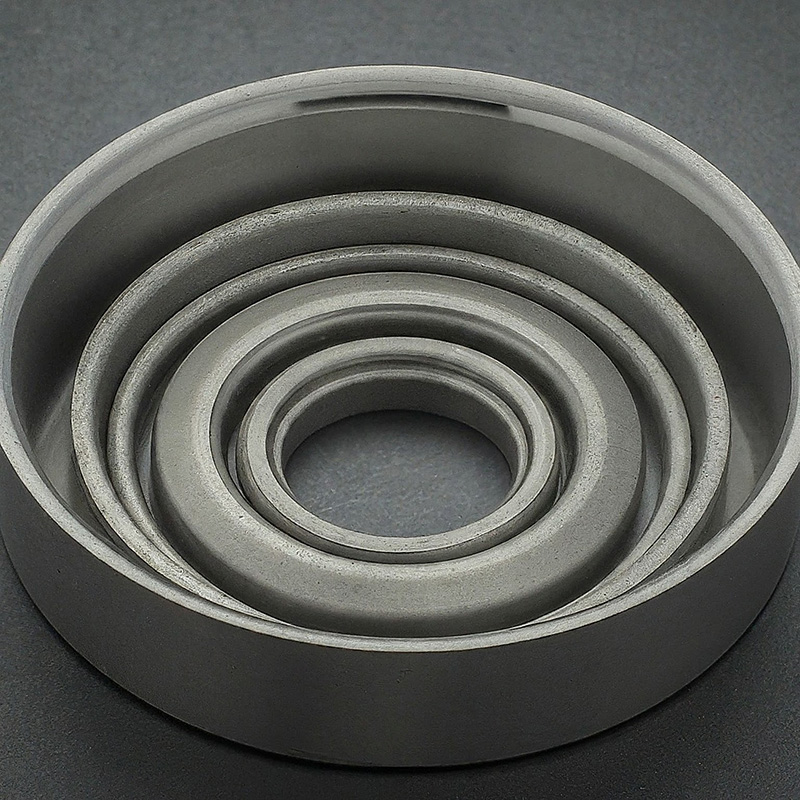
Tapered in shape, these shims are commonly used for leveling furniture
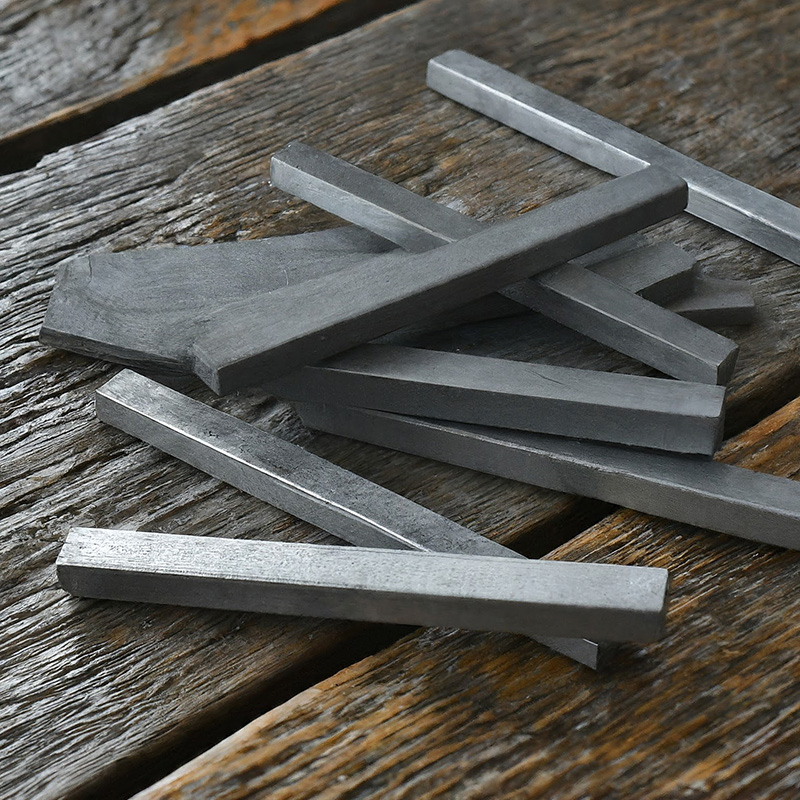
The versatility of shims makes them valuable tools across diverse industries. Here are some specific examples of how shims ensure optimal performance in different sectors:
Metal shims, particularly stainless steel due to its heat resistance, are used to achieve precise alignment between engine components like crankshafts and camshafts. This ensures smooth operation and minimizes friction.
Thin shims are placed between the brake caliper and the brake pad to eliminate noise and vibrations caused by minor misalignments. Rubber or laminated composite shims are often chosen for noise dampening properties.
Shims can be strategically placed within suspension components to fine-tune ride height and camber (the angle of the wheels).
Similar to the automotive industry, high-strength, lightweight composite shims ensure precise alignment within jet engines for optimal performance and fuel efficiency.
Thin metal shims are used during the assembly of aircraft wings and fuselage sections to achieve perfect alignment and minimize air gaps that could affect aerodynamics.
Wedge-shaped shims made from plastic or wood are instrumental in leveling doors and windows during installation, ensuring proper operation and weather sealing..
Metal shims are used for precise alignment of critical components in construction equipment like bulldozers and cranes, maximizing safety and efficiency.
Thin plastic or composite shims can be used for precise spacing and alignment of delicate electronic components on circuit boards.
Shims ensure proper alignment and movement within various medical devices, such as prosthetic limbs and surgical instruments.
Shims can be strategically placed within suspension components to fine-tune ride height and camber (the angle of the wheels).
The world of shims is constantly evolving. Manufacturers, like Stainless Steel Shim Manufacturers & Suppliers are exploring new materials with enhanced properties, such as improved wear resistance and even lower weight options for aerospace applications. Additionally, advancements in 3D printing technology have opened doors for creating custom-designed shims with intricate shapes and functionalities. As industries continue to push the boundaries of technology, shims will undoubtedly adapt and remain a crucial part of the engineering toolbox.
Whether you're a seasoned engineer or a DIY enthusiast, understanding the diverse world of shims empowers you to achieve precision and optimal performance in your projects. By considering the material properties, different types available, and their relevant applications, you can select the perfect shim for the job. Shims, though seemingly simple, play an undeniable role in ensuring the smooth operation and longevity of countless machines and equipment across various industries.
Consider contacting a reputable shim manufacturer, such as ourselves. We offer a wide variety of high-quality shims, including stainless steel shims, metal shims, and brass alloy shims, to meet your specific requirements. Let us help you achieve the perfect fit and optimal performance in your projects
Our range of shims includes metal, machine, industrial, precision, adjustable, machinery, engineering, custom, and alignment shims. These shims are designed for various applications, such as machinery alignment, fine adjustments in industrial-grade machines, engineering projects requiring steel shims, heavy-duty machinery requiring versatile metal shims, aerospace applications demanding precision stainless steel shims, automotive use requiring adjustable aluminum shims, precision engineering projects using high-quality brass shims, construction applications requiring durable plastic shims, specialized machinery needing customized shim solutions, and manufacturing processes requiring fine-tuning shims for precise alignment and accurate machine setup and leveling.



